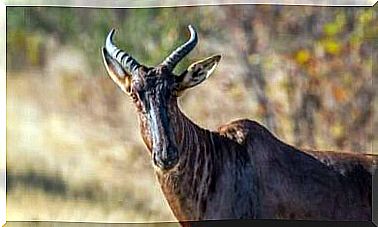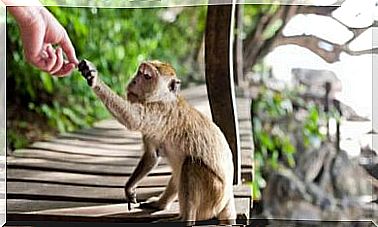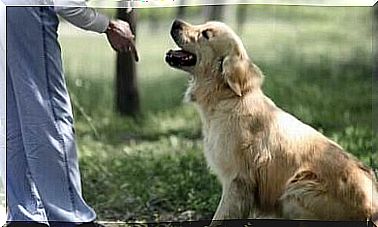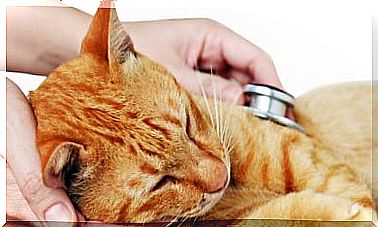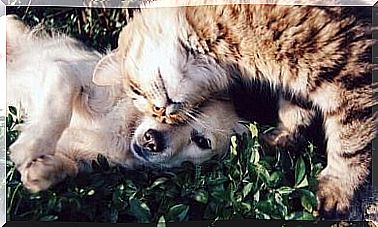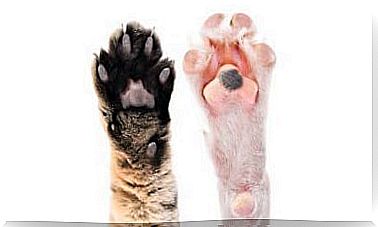Buffaloes And Livestock: A New Symbiosis
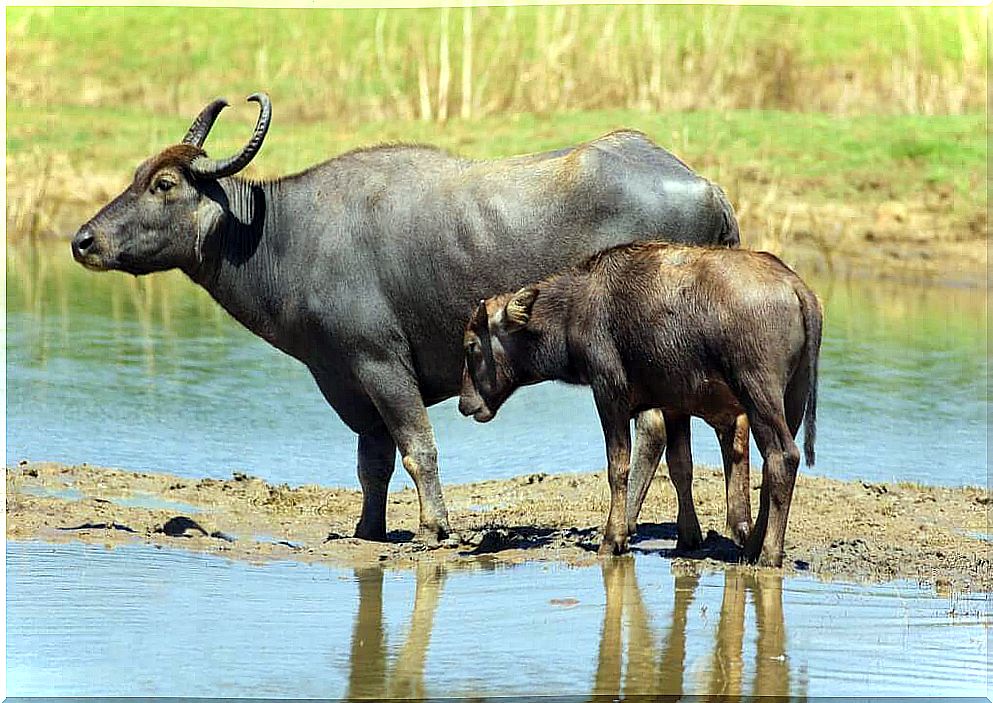
Buffalo ( Bubalus bubalis) production has become one of the most successful branches of livestock in recent decades, especially given the devastation on farms in many countries following the mad cow disease crisis.
For this reason, a lot of effort is dedicated to getting to know the peculiarities of this species, so that the relationship between buffaloes and livestock is a perfect symbiosis that improves the quality of life of humans and animals.
However, we should not underestimate the negative effect of domestication of a wild species and, therefore, experts warn of the need to always maintain balance and protect biological diversity at all costs. Here, we’ll tell you the peculiarities of buffalo breeding.
Buffaloes and livestock: a small approach to the species
Buffaloes are part of the bovine family, as are cows. They are large animals, with up to 180 centimeters in height at the withers and 1200 kilos in weight. Like many exotic bovines, these animals have powerful horns.
They are colloquially known as “water buffaloes” because of their preference for wetlands or swamps. These bovines are able to walk without difficulty on the mud at the bottom, thanks to their wide hooves.
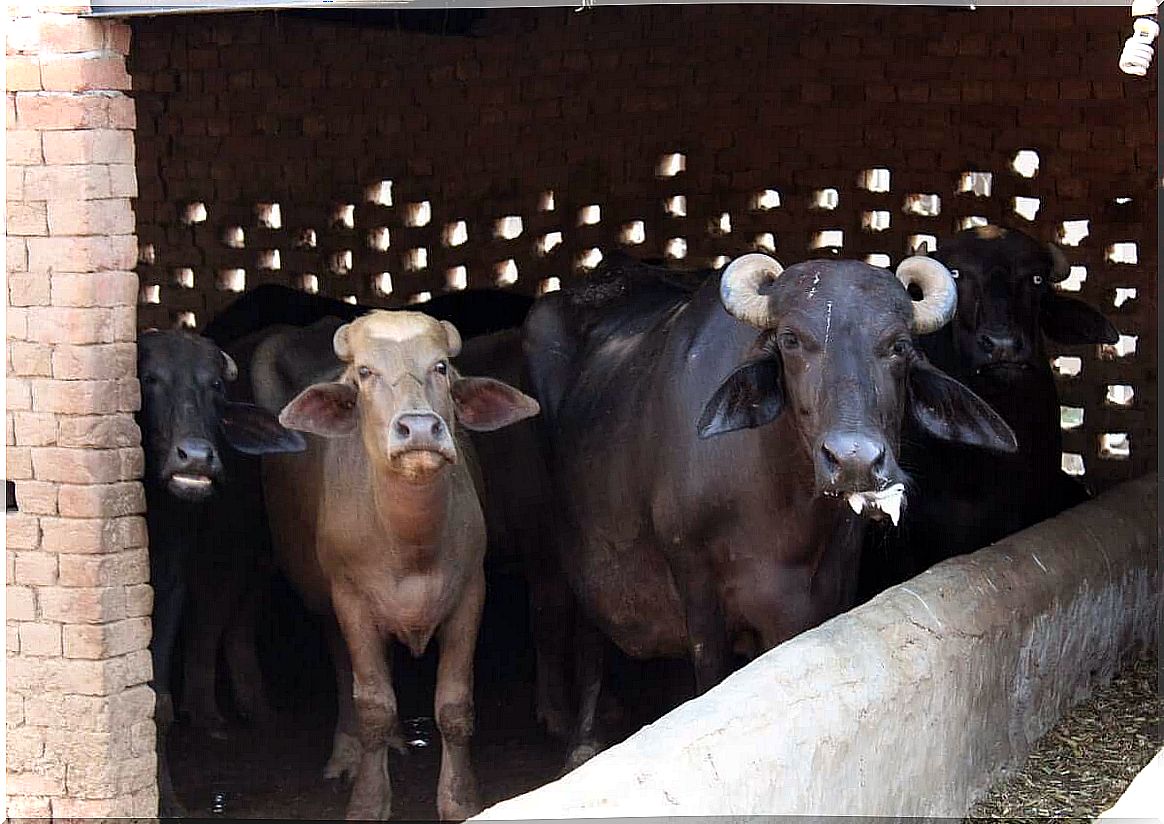
Buffaloes and livestock
Decades ago, this species began to be considered as a farm animal with a triple purpose: production of meat, milk and work. In a context of saturated markets, this represents a great opportunity to diversify livestock, especially in marginal areas where other livestock may not be able to adapt:
- The river buffalo ( Bubalus bubalis bubalis) proved to be an excellent milk producer. In fact, this is the raw material used to make the mozzarella cheese so desired in pizzas.
- The marsh buffalo ( B. b. carabanensis) is best bred for meat production, leather and as a draft animal.
Importance of this animal worldwide
The water buffalo has become one of the largest milk producers in the world. In several countries, their rearing and maintenance exceeds even that of traditional domestic cattle.
Most of the world’s buffalo herd belongs to small producers in developing countries, who raise one or two animals. This is the case in India which, despite the small size of its properties, is one of the main producers.
Some countries have been developing breeding programs to improve buffalo production for years. This allowed the creation of several specialized breeds, among which are the following:
- The Murrah breed is native to northwest India. It is characterized by a jet black coat with white spots only on the tip of the tail. Despite being a breed selected for milk production, it has a very good meat conformation.
- The Jaffarabadi breed is also native to northwestern India and physically very similar to its predecessor. It is a good producer of both milk and meat.
- The Mediterranean breed is also of Indian origin, although it was defined as such in Europe. Again, it has an excellent conformation of meat and milk, even in tropical and subtropical climates.
Buffalo breeding turned out to be a revolution for the dairy sector
The production of buffalo milk – globally – ranks second in importance, behind only bovine milk. This means overcoming several commonly used species, such as sheep or goats.
The “river” variety represents 70% of the world’s buffalo population, and its milk represents a substantial part of the total milk production in India, Pakistan or the Near East. Females produce between 1500 and 4500 liters of milk in each pregnancy and have a very long productive life.
In addition to the benefits of buffaloes for livestock, their milk has an excellent nutritional value, especially when used for the preparation of by-products such as cheese, butter or ice cream. However, it has more fat and lactose than cow’s milk.
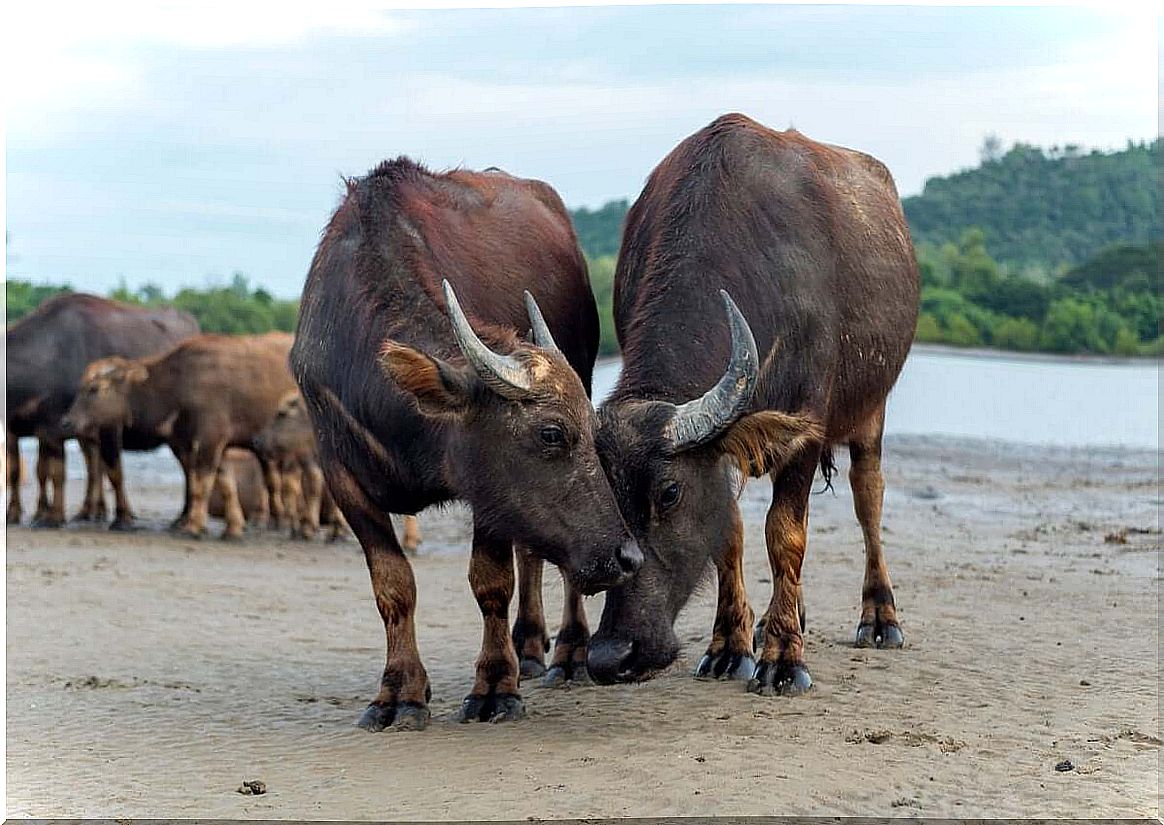
The B side of the relationship between buffaloes and livestock
The species Bubalus bubalis as such is not considered to be endangered, but as a result of its domestication wild populations have continued to decline, although this is not the only problem. The biggest threat to the species is the disappearance of its habitat, the rainforest and swampy areas where it likes to live.
Once again, it is up to the human being to promote balance. The use of new land for agricultural purposes or for construction must not lead to the destruction of ecosystems. It is always necessary to prioritize the protection of virgin areas for the maintenance of biodiversity.
